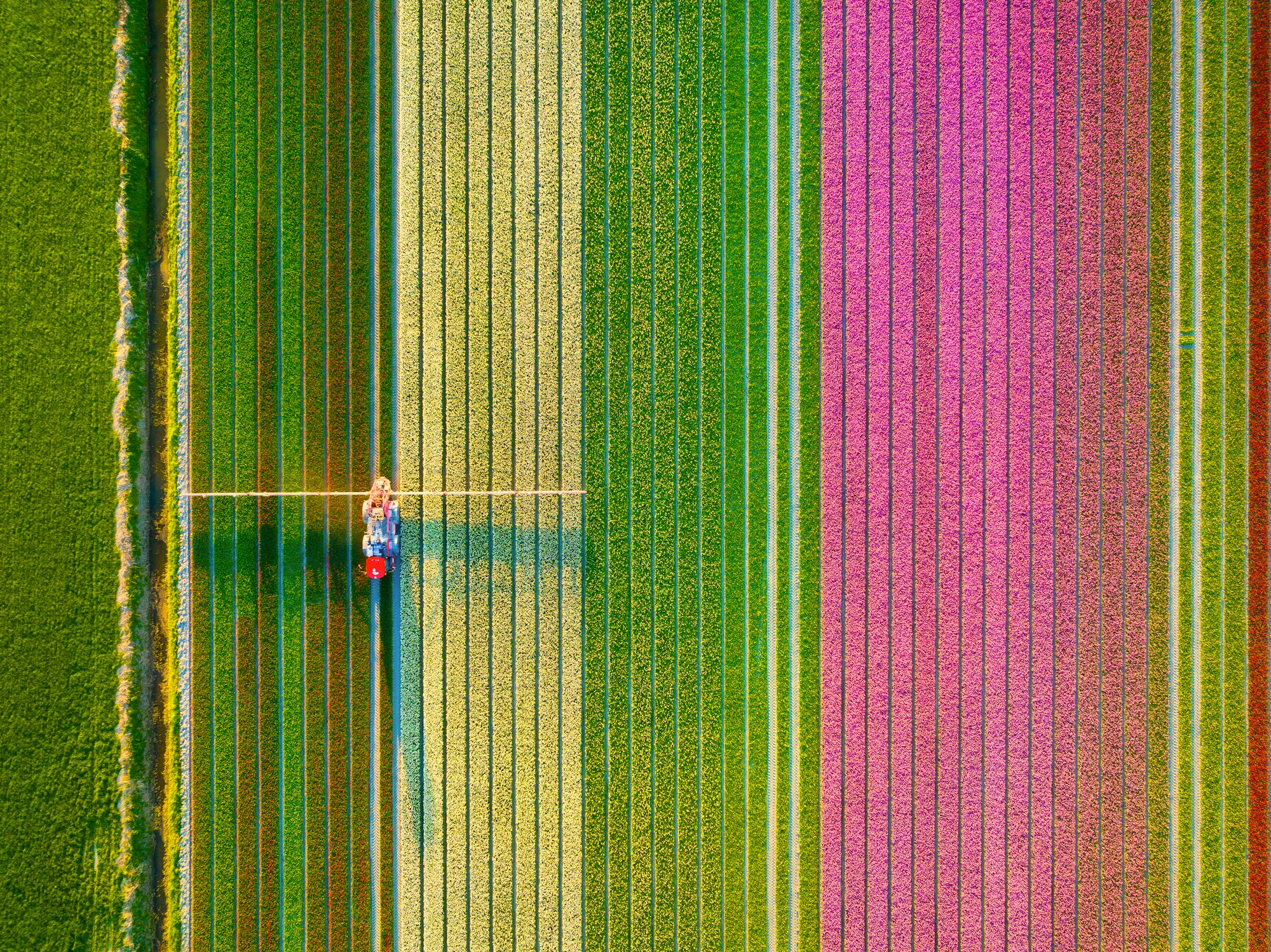In the modern world of sports, the use of technology and data analysis is becoming increasingly integral to achieving optimal performance. This is particularly evident in rugby, where coaches and analysts harness the power of drone technology to gain a bird’s-eye view of their team’s formations and plays. Captured video footage serves as a real-time tool for in-depth analysis, enabling coaches to refine their team’s strategies and enhance player performance.
The Role of Drone Technology in Sports Training
The advent of drone technology in the world of sports has revolutionized the way coaches and analysts work. By providing a unique aerial perspective, drones are able to capture comprehensive video footage of players on the field. This real-time data serves as a powerful tool for analysis, allowing coaches and analysts to scrutinize rugby team formations and strategies in unprecedented detail.
A découvrir également : What Are the Effects of High-Intensity Interval Training on Cognitive Function in Sprinters?
The use of drones in sports training is not a new phenomenon. For years, coaches and analysts have been using this technology to capture video footage for analysis. However, the potential of drones in analyzing and enhancing rugby team formations is only beginning to be fully realized. As drone technology continues to evolve, so too does its application in the sports world, offering exciting new possibilities for improving team performance.
Analyzing Rugby Team Formations with Drone Footage
By capturing an overview of the game, drone footage allows coaches and analysts to study player movements and team formations in real time. This aerial perspective provides a holistic view of the field, enabling the identification of patterns, weaknesses, and strengths in the team’s strategies.
A découvrir également : How Can Tactical Periodization be Applied to Amateur Rugby Coaches’ Training Programs?
Data derived from drone footage is particularly useful in analyzing formations during lineouts and scrums, vital components of a rugby match. Coaches can study the positioning and movements of players, identifying areas of improvement to increase the efficiency and effectiveness of these formations. Through this detailed analysis, coaches can devise bespoke training programs to address specific areas of concern, enhancing both individual and team performance.
The Impact of Drone Analysis on Player Performance
The use of drone footage in data analysis has far-reaching benefits for player performance. By studying aerial footage, coaches can identify strengths and weaknesses in a player’s game, providing targeted feedback to improve skills and technique. This personalized coaching approach not only enhances individual performance but also contributes to the overall success of the team.
For players, drone footage provides a unique opportunity for self-analysis. By reviewing aerial footage, they can gain a clearer understanding of their role within the team’s formations and strategies. This empowers them to make informed decisions on the field, improving their game in real time.
Additionally, the data obtained from drone footage allows for the monitoring of player performance over time. Coaches can track a player’s progress throughout the season, providing tangible evidence of improvement or identifying areas where further coaching is needed. This ongoing performance analysis ensures that players are continuously developing their skills, contributing to the team’s overall success.
The Future of Drone Use in Rugby Training
The use of drones in rugby training is a rapidly evolving field. As drone technology advances, so too does its potential for data analysis. Future developments could see the integration of artificial intelligence and machine learning, further enhancing the depth and accuracy of performance analysis.
In addition to video footage, drones can also capture data on player speed, distance covered, and heart rate, providing a comprehensive overview of player fitness and stamina. This data can be used to tailor training programs to individual player needs, optimizing performance and reducing the risk of injury.
The future of drone use in rugby training holds exciting possibilities for improving team performance. By harnessing this technology, coaches and analysts are poised to revolutionize the way they work, making informed decisions based on comprehensive, real-time data. This represents a significant step forward in the use of technology in sports, with the potential to dramatically enhance the quality of rugby coaching and performance.
The Role of the Analyst in Interpreting Drone Footage
While drone technology provides a wealth of data for analysis, it is the role of the sports analyst to interpret this information and translate it into actionable insights. These professionals work in tandem with coaches to analyze drone footage, identifying patterns and trends that can inform strategic decision-making.
Analysts play a crucial role in the effective use of drone footage in rugby training. They possess the skills and knowledge to dissect the aerial view of the game, providing nuanced insights into player positioning, team formation, and game strategy. Their interpretations provide coaches with the data-driven evidence needed to refine game plans and improve team performance.
In this digital age, the role of the analyst has never been more important. As they master the art of interpreting drone footage, analysts are becoming key players in the enhancement of rugby team formations and strategies. Their work is integral to the effective use of technology in sports, driving the evolution of coaching methods and contributing to the ongoing improvement of team and player performance.
Utilizing Computer Vision for Enhanced Performance Analysis
Computer vision is an artificial intelligence technology that enables machines to interpret and understand the visual world. In the context of rugby training, computer vision can be used to analyze the video footage captured by drones, enabling coaches and analysts to gain deeper insights into team formations and player performance.
When combined with drone technology, computer vision allows for an even more detailed level of analysis. For instance, this technology can track player movements and ball trajectories, providing data on player speeds, distances covered, and positioning. This goes beyond the capabilities of the human eye, enabling a level of scrutiny that would be unattainable without the aid of artificial intelligence.
Moreover, the use of computer vision in performance analysis can help to identify patterns and trends that may not be evident to the naked eye. For instance, it can pinpoint subtle differences in player movements or formations that can give one team an advantage over the other. This level of detail is invaluable when it comes to refining strategies and improving overall team performance.
The use of computer vision in conjunction with drone footage is already proving to be a game-changer in the realm of sports training. As this technology continues to evolve, it is expected to play an even greater role in the analysis of sports performance, opening up new possibilities for enhancing the way coaches and players approach their game.
Conclusion: The Pivotal Role of Drone Technology in Rugby Training
In conclusion, drone technology has proven to be an indispensable tool in the modern era of rugby training. The bird’s-eye view provided by drones allows for an in-depth analysis of sport formations in real-time, offering a unique perspective that can greatly enhance the decision-making process for coaches and analysts.
The integration of drone technology with advanced data analysis tools such as artificial intelligence and computer vision has the potential to revolutionize the way performance analysis is conducted in rugby and other sports. This is likely to lead to more effective coaching methods, better player performance, and ultimately, more successful team outcomes.
Moreover, the value of drone technology extends beyond the coaches and analysts. Players themselves can benefit greatly from reviewing aerial footage, gaining a deeper understanding of their performance and making informed decisions to improve their game.
In the rapidly evolving world of sports training, drone technology and data analysis are the future. As we continue to harness the power of these tools, we can look forward to a new era of sports performance, where data-driven decisions lead the way to success on the field. In light of these developments, the role of the performance analyst is more crucial than ever, as they navigate this digital landscape and translate raw data into actionable strategies for enhancing team performance. In the end, it’s the synergy between technology, data, and human expertise that will drive the future of rugby training.
In this context, it’s clear that the technological revolution in sports isn’t just about improving the ways we train and play – it’s about understanding and harnessing the power of data to unlock new levels of performance.






